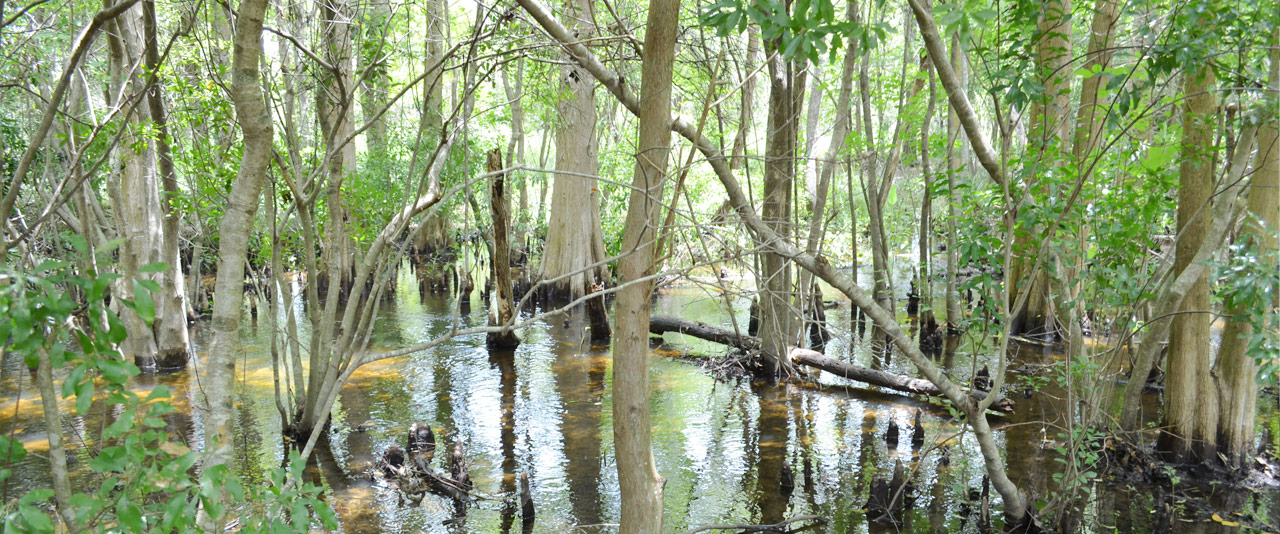Florida’s Phosphate Deposits
A blanket of phosphate deposits covers much of peninsular Florida. In the areas that are considered economical to mine, the matrix layer, which consists of approximately equal parts phosphate rock, clay, and sand, averages 12 to 15 feet in thickness. The matrix is buried beneath a soil “overburden” that is typically 15-30 feet deep. By the end of 1999, approximately 300,000 acres of land, or more than 460 square miles, (out of Florida’s total land area of 54,000 square miles) had been mined in Florida.
Polk County is the heart of the Bone Valley mining region, but the mineable deposit in this area stretches to Hillsborough, Hardee, Manatee, and DeSoto counties. There is also mining in north Florida’s Hamilton County, from a mineable area that extends into Columbia and Suwanee Counties. The reserve is similar in both areas.
Mining in central Florida has been moving south since Florida phosphate mining began. As sites mine out, the draglines move to where the contiguous deposit of phosphate pebble is found. The further south one travels, the quality of the rock mined is lower, bringing with it greater technological challenges for the industry.
Phosphate mining over the years has moved through Lakeland, Mulberry, Bartow and Plant City. In the past 10 years, however, mining operations on Polk County’s southern fringe have wound down. The closing of the IMC Clear Springs and Noralyn mines in 2000 has signaled a close to active mining in what has been heart of the mining district since the mining of phosphate pebble on land began in the late 1800s.
Phosphate companies are currently seeking permits to open new mine sites in Manatee, DeSoto and Hardee counties. Mining is not new to Manatee and Hardee, but it is to DeSoto.
